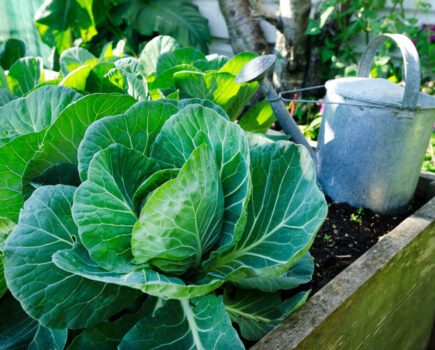Feed, water and re-pot as they return to growth, says Ruth
The garden isn’t the only place where the warmer weather and longer, lighter days are working their magic on our plants – houseplants are benefitting too. Most indoor plants will have entered a dormant state in winter, meaning we haven’t needed to feed and water them.
But now they are starting to grow again and need care and attention to make sure they reach their potential over the year ahead.
The obvious exceptions to this rule are plants already in flower that were given as gifts. They will have needed feeding, watering and deadheading through the winter and if they have finished flowering will require a period of rest to restore their energy. Christmas cacti, for example, will be resting now and require less water and fertiliser and will do best if moved to a cooler room for a couple of months. Repeat this in September to help them regain their energy needed for flowering next winter.
Other houseplants will need watering and feeding again after their winter rest. Water when the compost feels dry to the touch and feed fortnightly, either using proprietary houseplant food or a general purpose liquid fertiliser.
Cacti, succulents and orchids do best with specifically formulated fertiliser, which are widely available. Frugal watering is best for cacti and succulents, and orchids do best with rainwater or tap water that has been left standing for a day or two so the chemicals can dissipate.
Most houseplants come from temperate zones with high humidity, so mist their leaves every few days to mimic their natural surroundings. Don’t mist furry-leaved plants like African violets as you will mark their foliage. Stand houseplants somewhere light, but out of direct sunlight that can scorch their eaves, and keep them away from draughts. Once they are growing again well you can divide and re-pot those that need it.
Spring care
Restart feeding as plants grow
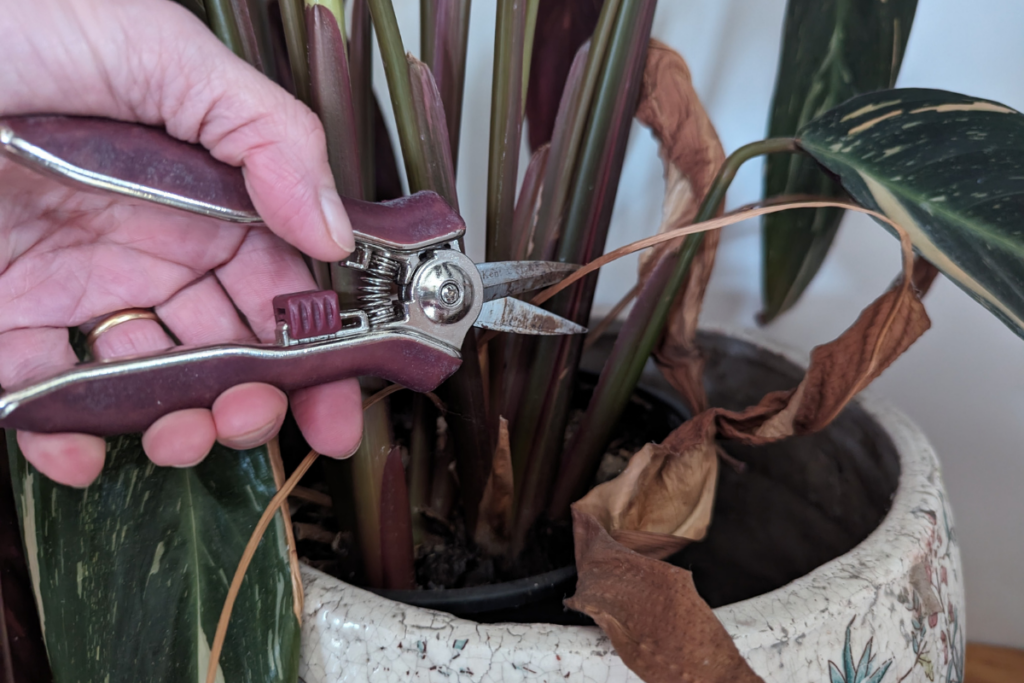
1. Cut off old leaves and dead flowerheads to keep plants looking neat and prevent diseases.
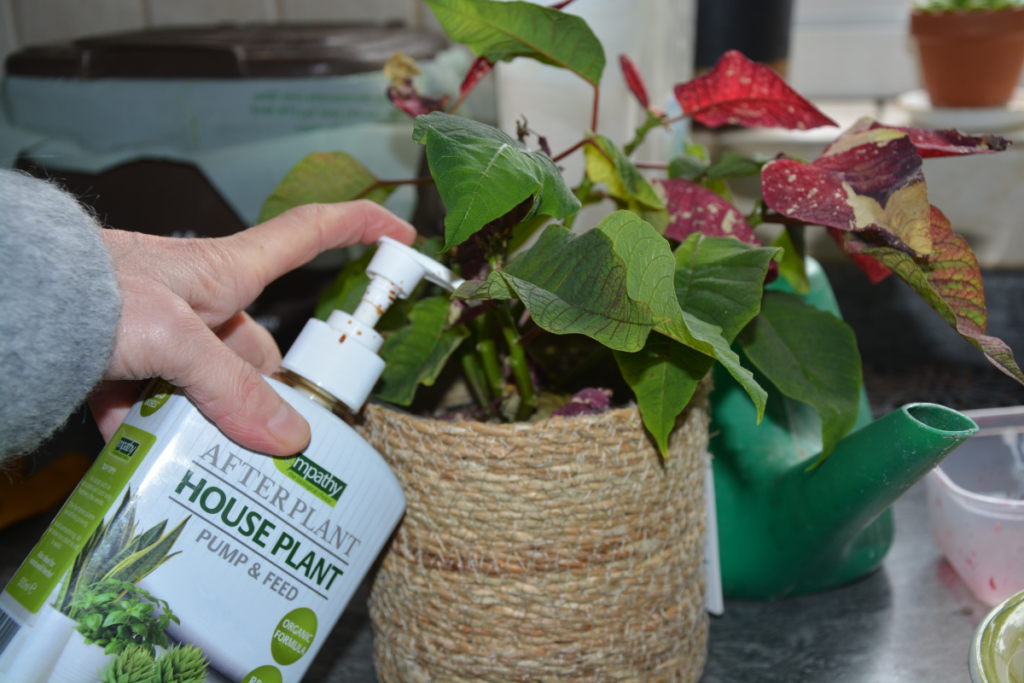
2. Restart feeding and watering. Water when the compost feels dry to touch and feed fortnightly when plants are growing.
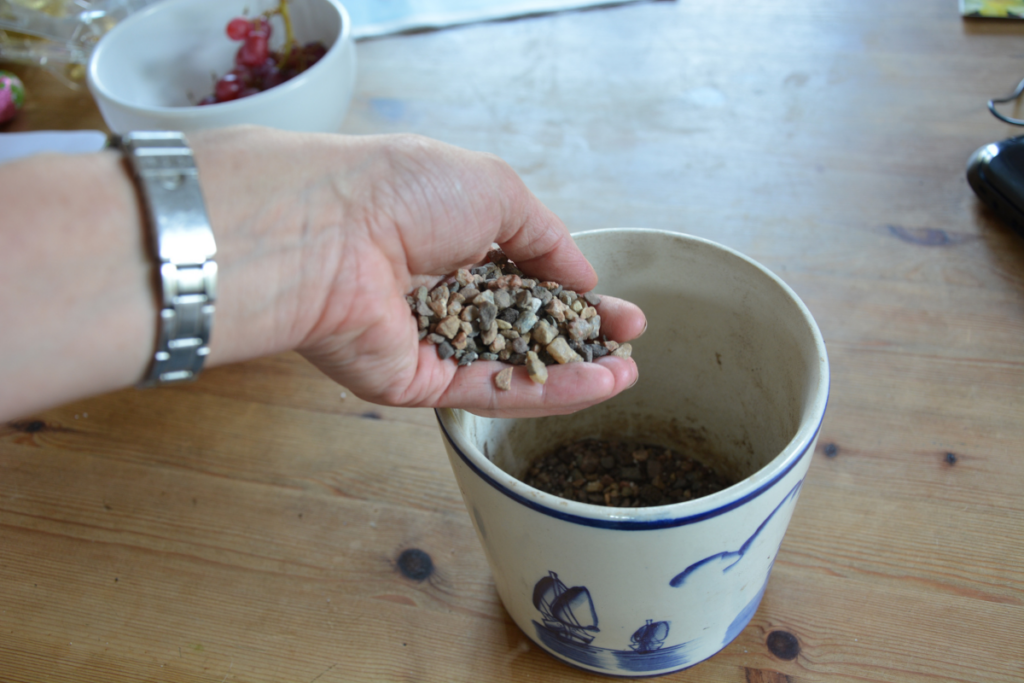
3. Stand plants on gravel that is kept damp to raise humidity around the leaves. It also deters the common pest greenhouse red spider mites.
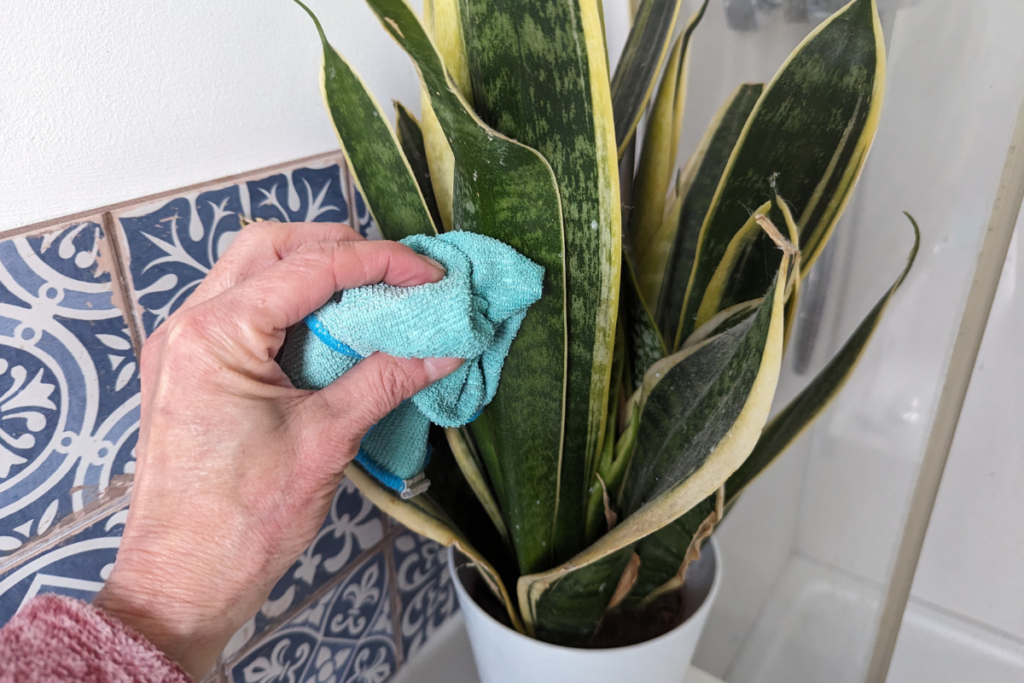
4. Wipe leaves regularly with a soft damp cloth to remove dust and pests.
Find more tips, advice and articles like this at the Amateur Gardening website. Subscribe to Amateur Gardening magazine now.


